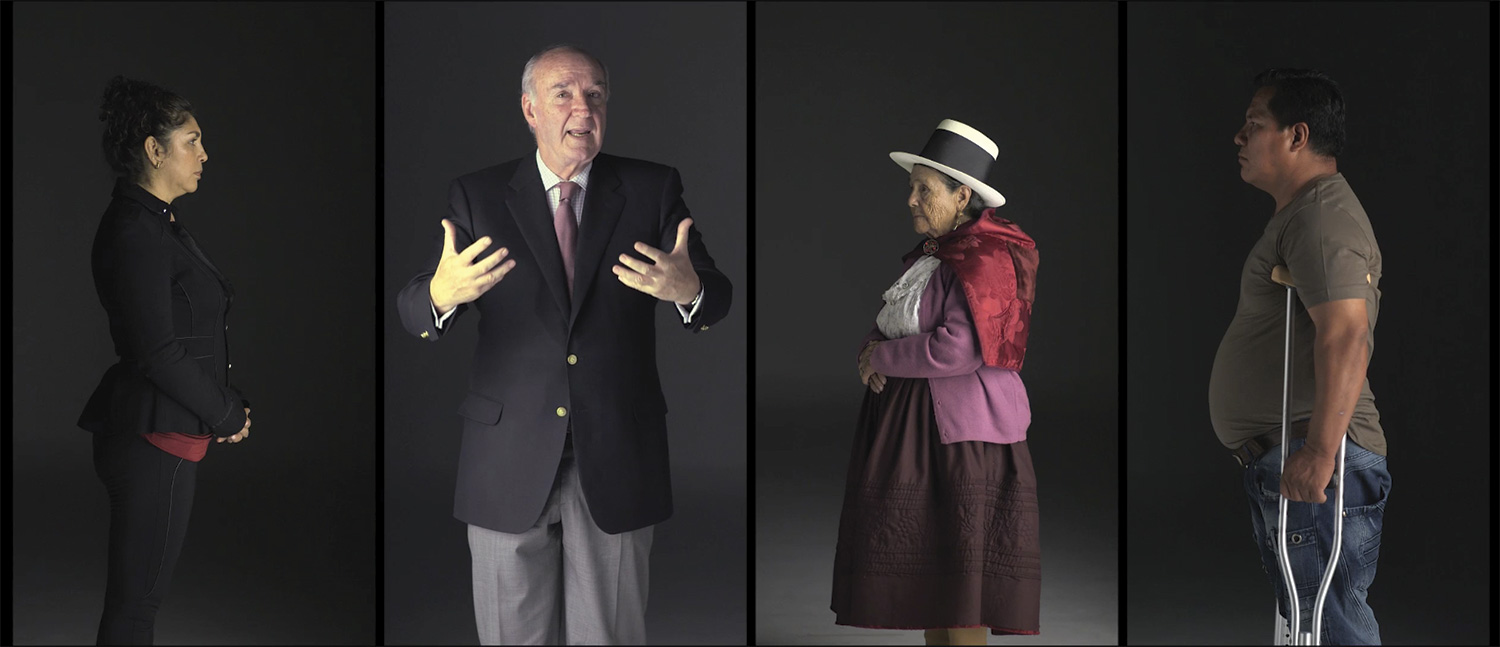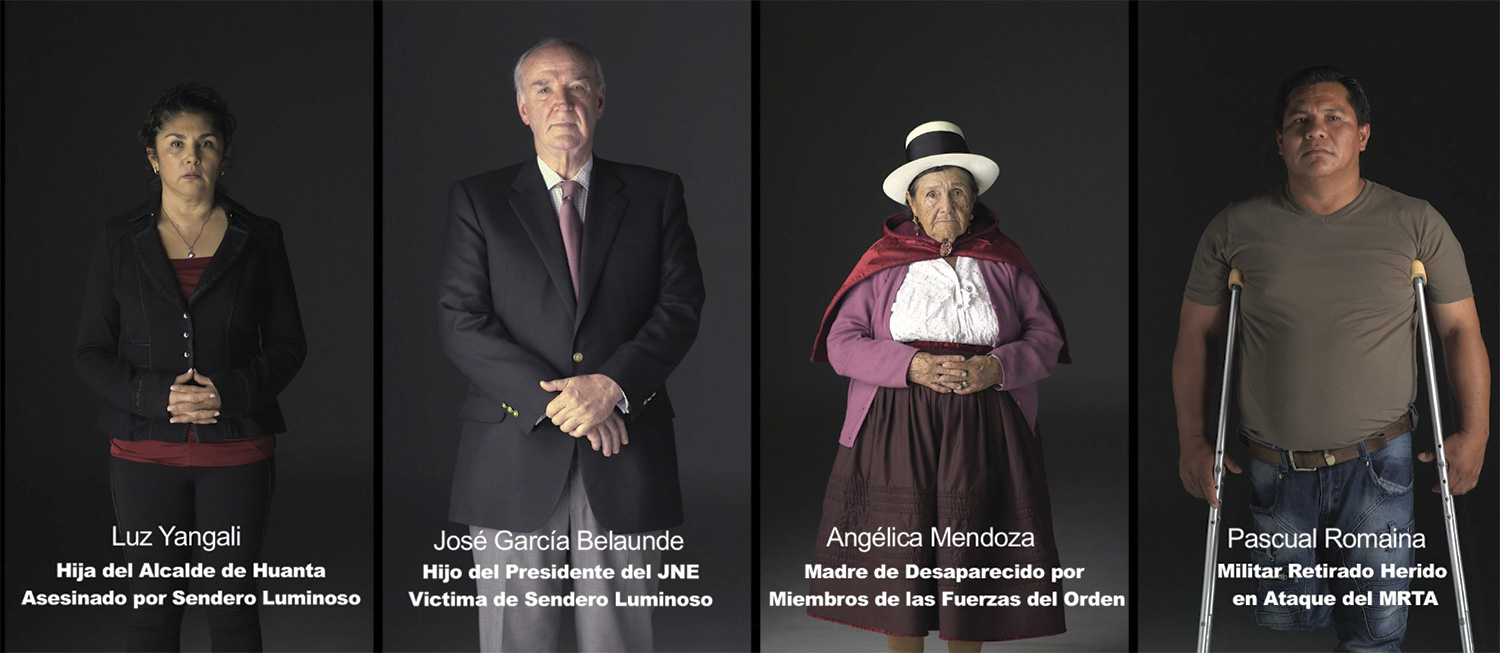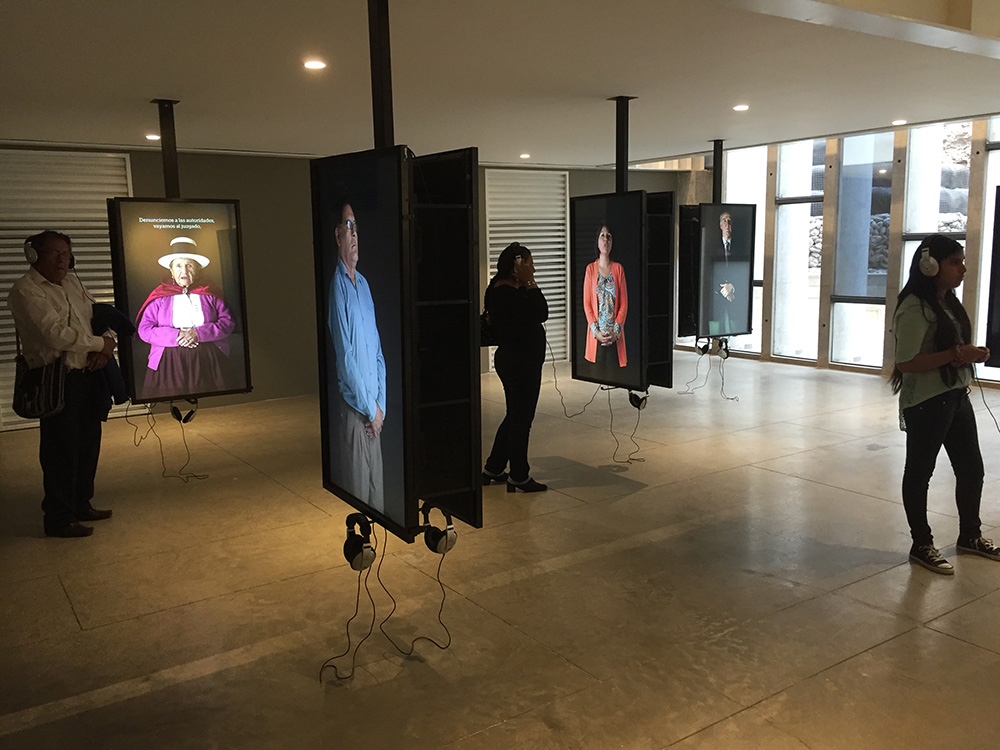Hector Mata Studio
The American photographer Hector Mata has evolved a potent approach to both conceptual photography and video during the last decade. This has given a striking, thought-provoking turn to his recent work in the visual arts, in which he addresses contemporary issues.
If before, when he was in his twenties, his stance was that of a trueblood photojournalist, he has developed a fine visual proposal, partly based on a quest for information that converses with both the research aspects and the empathy of the individual engaging in photojournalism; and partly, on the ethos of contemporary visual narratives. Through the use of subtle conceptual filters, Mata puts the accent on the displacement of the experience of the real, in the construction of his photographic images, and introduces framing devices to channel emotion. In video, Mata has fused his penchant for the construction of meaning through the carefully-structured visuality of the images and the expressive generation of rhythm through editing, with a stark viewpoint on objects and individuals that reveals his understanding of the man in the street as an actor in everyday life: one whose destiny can change dramatically in the heat of the moment but who is also known to rise to the situation and transform the commonplace by the sheer impulse to reject all the givens. The characters in his video narratives, more often than not are heroes without the heroics the public wants to see; and it is interesting to consider that Mata, for one, does not appear to be interested in portraying self-invented and promoted anti-heroes.
In his recent work, Mata is exploring the experience of the moving image from the perspective of the viewer, inducing the participant into an hypnotic trance. The world described in recent videos show us what it appears to be urban landscapes in perpetual motion. A dirty, abstract view of cities in their constant transformation. The use of sound that he carefully design accelerates the sense of fluidity and the non permanence of matter. Reality as we perceive it, is gone. A new reality replaces it.
Museo de la Memoria
An 18 channels video installation commissioned by the Museum LUM (Lugar de la Memoria, La Tolerancia y la Inclusion Social) that opens in Lima, Peru on October/November 2015. The installation raise awareness of the political violence that ravaged the country during the 80's and 90's. The Curatorial Committee carefully choose 18 individuals from all cultural, political and social backgrounds of society. All of them affected by political violence. In an attempt to get away from a political point of view, we focused on the human experience, empowering individuals with a voice to express their anger, frustration, sadness and at the same time allowing them to tell their stories of reconciliation, fight for justice and love. We exclude all audiovisual grammar that would enhance drama and left the power of the story to the spoken word. The final installation include 18 vertical screens that will project one character per screen in natural size.
Created and Directed by Hector Mata
A production by Piso 20 / Nawifilms - General Producer : Raul H Vidaurre - Producer: Juan Carlos Goicochea. Producer LUM: Diana Lavalle - Director: Hector Mata - Director of Photography: Cesar Fajardo - Interviews by: Ponciano del Pino, Eliana Otta - Camera: Henry Girón, Edgar Girón, Javier Girón, Carlos Lopez - Sound: David Acevedo - Camera Assistant: Jarot Mancilla - Gaffer: Charlotte Maurie - Production Assistant: Anette Cieza, Daniela Martinez - Editor: Daniela Martinez - Data Manager: Javier Giron - Transportation: Gregorio Arratea, Arturo Ramirez - Curators: Jorge Villacorta, Ponciano del Pino, Natalia Iguiñiz, Victor Vich - Assistant Curator: Eliana Otta - Catering: La Criollada - Camera Rentals: Bebeto Producciones -Filmed at La Maloca Rental y Studios, Lima, Peru.
Hector Mata Studio
The American photographer Hector Mata has evolved a potent approach to both conceptual photography and video during the last decade. This has given a striking, thought-provoking turn to his recent work in the visual arts, in which he addresses contemporary issues.
If before, when he was in his twenties, his stance was that of a trueblood photojournalist, he has developed a fine visual proposal, partly based on a quest for information that converses with both the research aspects and the empathy of the individual engaging in photojournalism; and partly, on the ethos of contemporary visual narratives. Through the use of subtle conceptual filters, Mata puts the accent on the displacement of the experience of the real, in the construction of his photographic images, and introduces framing devices to channel emotion. In video, Mata has fused his penchant for the construction of meaning through the carefully-structured visuality of the images and the expressive generation of rhythm through editing, with a stark viewpoint on objects and individuals that reveals his understanding of the man in the street as an actor in everyday life: one whose destiny can change dramatically in the heat of the moment but who is also known to rise to the situation and transform the commonplace by the sheer impulse to reject all the givens. The characters in his video narratives, more often than not are heroes without the heroics the public wants to see; and it is interesting to consider that Mata, for one, does not appear to be interested in portraying self-invented and promoted anti-heroes.
In his recent work, Mata is exploring the experience of the moving image from the perspective of the viewer, inducing the participant into an hypnotic trance. The world described in recent videos show us what it appears to be urban landscapes in perpetual motion. A dirty, abstract view of cities in their constant transformation. The use of sound that he carefully design accelerates the sense of fluidity and the non permanence of matter. Reality as we perceive it, is gone. A new reality replaces it.


